Croatian Sheepdog
The Croatian Sheepdog is an ancient breed whose origins can be traced back to 14th-century Croatia. This medium-sized working dog was bred to be a shepherding dog, capable of keeping flocks of sheep and herds of cattle in check. In addition to guarding the shepherd, the Croatian Sheepdog develops strong bonds with them, providing loyalty and companionship around the campfire at night.
The Croatian Sheepdog is so well-adapted to its tasks that there hasn't been much need for the breed to evolve since its inception centuries ago. The breed still has strong herding instincts and is extremely active in modern times. When properly socialized as a puppy, the breed makes an excellent, loyal, and loving family pet, as long as they get plenty of exercise.
Unwanted behaviors, such as excessive barking or destructiveness, are the penalty for failing to meet the latter.

Height:
17-19,5 in (43–50 cm)

Weight:
29-44 lb (13–20 kg)

Origin:
Croatia

Life Expectancy:
13-14 years
Dog Breed Characteristics
Appearance
The Croatian Sheepdog is a medium-sized dog with an athletic build and a body that is slightly longer than it is tall. Male and female dogs are roughly the same size and weight. The breed's face has a healthy length of muzzle and triangular prick ears, giving it a perpetually inquisitive air.
When held over the back, the tail is slightly curved. However, traditional working Croatian Sheepdogs had their tails docked.
Coat
The Croatian Sheepdog has a weatherproof, wavy-to-curly black coat. They have a unique coat that reminds us of both a coarse-coated Terrier and a curly Poodle. Needless to say, the coat offers excellent waterproof protection for the working dog.
It is a solid black coat in general, though some may have white spots around the chest and on the toes. While Croatian Sheepdogs with white patches aren't allowed to compete in the show ring, they make lovely, active companions. Coat color doesn’t have any effect on the breed’s character.
Size
The Croatian Sheepdog stands 16 to 21 inches tall at the shoulder and weighs between 29 and 45 pounds. Having said that, many Croatian Sheepdogs are larger or smaller than the breed average or standard.
Temperament
The Croatian Sheepdog, which is fiercely loyal and energetic, hasn't changed much since their herding days in the 14th century. Modern Croatian Sheepdog owners frequently describe their faithful companions as shy around new people. They tend to stick to one person, just as their ancestors did as herding dogs centuries ago.
Because ancient Croatian Sheepdogs guarded their shepherds at night, your Croatian Sheepdog may feel the need to protect you or their primary caregiver at home. This herding breed is unlikely to be aggressive toward other members of the household or family. Still, they may be wary of strangers and visitors.
The good news is that the Croatian Sheepdog is a highly trainable breed that can become outgoing and friendly to everyone with proper and consistent socialization.
Croatian Sheepdogs also have a habit of barking whenever they have something on their mind, which is quite often. They will also make noise simply to entertain themselves if they are cooped up or bored. That means Croatian Sheepdogs must get enough exercise. Exercise, when combined with consistent training, will help keep your Croatian Sheepdog happy without them developing a habit of nuisance barking.
Care guide
As with all dogs, you should keep up with your Croatian Sheepdog's regular veterinary checkups to detect any health concerns early. Your vet can help you develop a care routine to keep your dog healthy.
Your main concern with caring for your Croatian Sheepdog is ensuring they are getting the proper amount of exercise. When Croatian Sheepdogs were first introduced by the Croats in the 7th century, they had several jobs. They helped herd cattle, sheep, and other animals. Plus, they acted as guards and companion dogs to their shepherds.
The Croatian Sheepdog might not have changed much since, but dog owners' lifestyles and habits have. Make sure your Croatian Sheepdog gets at least three walks per day. You should include a few good, active play sessions and shorter walks.
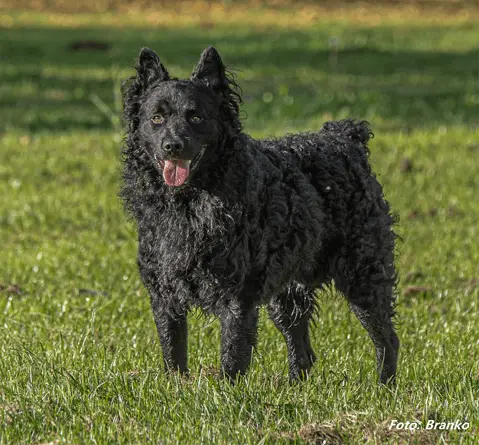
Grooming
Croatian Sheepdogs have a profuse and dense coat that should be wooly or harsh to the touch. Their topcoat is wavy, and the undercoat is dense and soft.
All double-coated dogs should be brushed regularly, and Croatian Sheepdogs are no different. During shedding season, daily brushing is advised to remove dead hair and keep the dog looking its best.
You will also have to check their ears regularly for any signs of infections (bad odor, redness, etc.). Their ears need to be routinely cleaned, and the best way to do it is to wipe them with a cotton ball dipped in a dog-safe ear cleaner. Croatian Sheepdog teeth should be brushed weekly to remove tartar and bacteria build-ups.
Plus, securing fresh breath and healthy gums will keep the dog healthier and the owner happier. Their nails should be trimmed regularly. If the dog doesn’t wear them out naturally, you might hear them clicking on the floor. That usually means it is a good time to clip the dog’s nails.
Training
Many owners described their Croatian Sheepdogs as intuitive and with a strong desire to please their owners. Because of these characteristics, they are highly trainable and relatively easy to train. They are very intelligent and demanding, so expect to put in some time raising and training your Croatian Sheepdog.
The dog learns quickly and eagerly when guided by a confident instructor. However, just like other working dogs, they are prone to independent thinking. When situations arise, they can make their own decisions.
The breed’s independent streak may pose a problem for the inexperienced owner. If a Croatian Sheepdog detects hesitation, they may fill the void by doing what they believe is best. So, while the breed is not wilfully disobedient, a wise owner with some training experience will employ reward-based training methods.
Exercise needs
As we previously mentioned, the Croatian Sheepdog was almost exclusively kept as a working dog in the 14th century. They were excellent at their jobs. They did it so well that the breed has required little to no changes over the centuries. That means the Croatian Sheepdog is still hardwired to herd and run all day. They are now more likely to be pets than working dogs.
This breed necessitates a lot of exercise, and there is no way around it. If a dog's owner does not provide vigorous exercise at least twice a day, the Croatian Sheepdog will find their own way to burn off excess energy. This is most likely to include barking, chewing, or other destructive behaviors.
The good news is that these dogs perform exceptionally well in dog sports such as agility, flyball, obedience, rally, and skijoring. Enrolling in those activities could be a great idea.
Socialization
Like any other breed, the Croatian Sheepdog needs early socialization. These dogs can become quite shy. If you want to avoid having a shy dog, you should start the socialization process as soon as your Croatian Sheepdog puppy arrives at your home. Expose your new puppy to different situations, sights, people, sounds, and other dogs so it can learn how to properly handle themselves in those situations.
The more you socialize your puppy and teach them about proper behavior, the better the chances of them developing into well-behaved, confident adult dogs.
Croatian Sheepdog and children
Shepherding dogs are usually good with a bit older children that understand how they have to approach and interact with dogs. They have plenty of energy and can play with kids for hours and hours without getting tired or bored.
As with other herding breeds, they can tend to herd children. You must teach them how to behave around children as soon as possible. No matter the breed, dogs should always be supervised while playing with children.
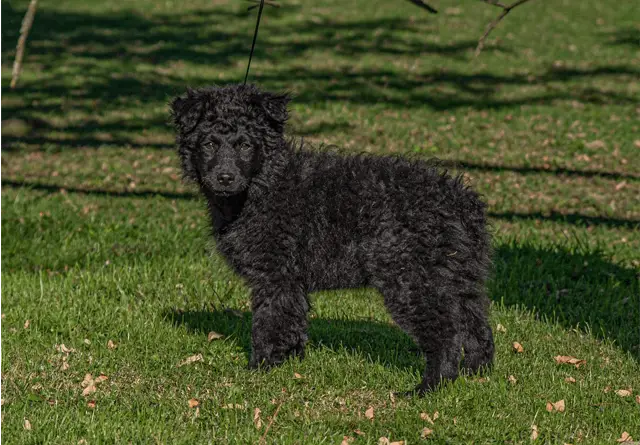
Health
Croatian Sheepdogs have a life expectancy of 13 - 14 years. They are generally healthy dogs, but they can be prone to some health problems. These problems include:
- Testicle retention
- Bloat
- Whelping complications
- Patella luxation
- Hip dysplasia
To ensure that your dog will not develop any inherited diseases, we advise you to buy dogs only from responsible and official dog breeders. Those breeders regularly perform various health tests on their breeding dogs. It is the only way to ensure that their puppies will not develop inherited problems, and dogs with problematic genes can be excluded from breeding programs.
Croatian Sheepdog breeders
If you believe this is the best option for you and decide to purchase one of these dogs, do so from a reputable and responsible Croatian Sheepdog breeder. Great breeders can be found anywhere. The main problem is that this is not a very popular breed. Even if you find a breeder in your country, chances are, you’ll be placed on a waiting list.
Make sure you arm yourself with patience. If you can, look for breeders in Croatia, where this breed is still used for farmwork, and the dogs retained some of their earlier popularity.
Once you find the breeder, ask them as many questions as you can about this breed. They have spent a significant amount of their lives with these dogs. They should be able to provide you with valuable information regarding this breed. A good breeder can assist you in making an informed decision about purchasing one of their dogs.
SEARCH CROATIAN SHEEPDOG BREEDERS
World Dog Finder team

Updated at07.09.2023.
Breed History
The Croatian Sheepdog is an ancient breed that many believe was brought by the original Croats when they first settled in what is now Croatia in the 7th century.
Petar, Bishop of Đakovo, wrote down a description of the Canis Pastoralis Croaticus, AKA the Croatian Sheepdog, seven centuries later, claiming they hadn't changed since they were first brought over. He also mentioned that they were great herding dogs.
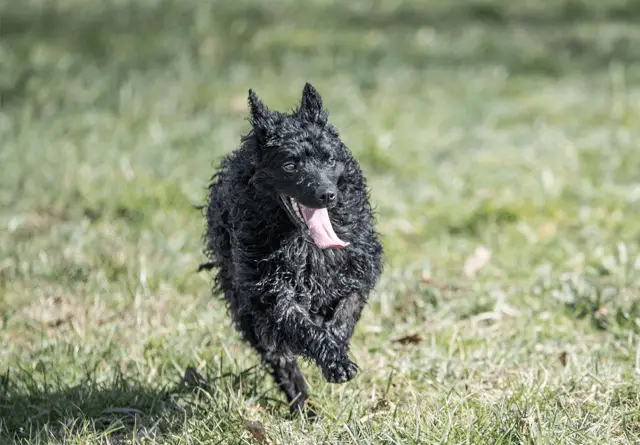
However, it wasn't until 1935 that this intelligent, hardworking breed began to be refined. Professor Doctor Stjepan Romic, a Croatian veterinarian, began selectively breeding Croatian Sheepdogs for desirable traits. Many of the dogs he chose for breeding came from the Đakovo region, which had documented much of the Croatian Sheepdog's recorded history.
The Croatian Sheepdog was recognized by the Federation Cynologique Internationale in 1969, more than 30 years later (FCI).
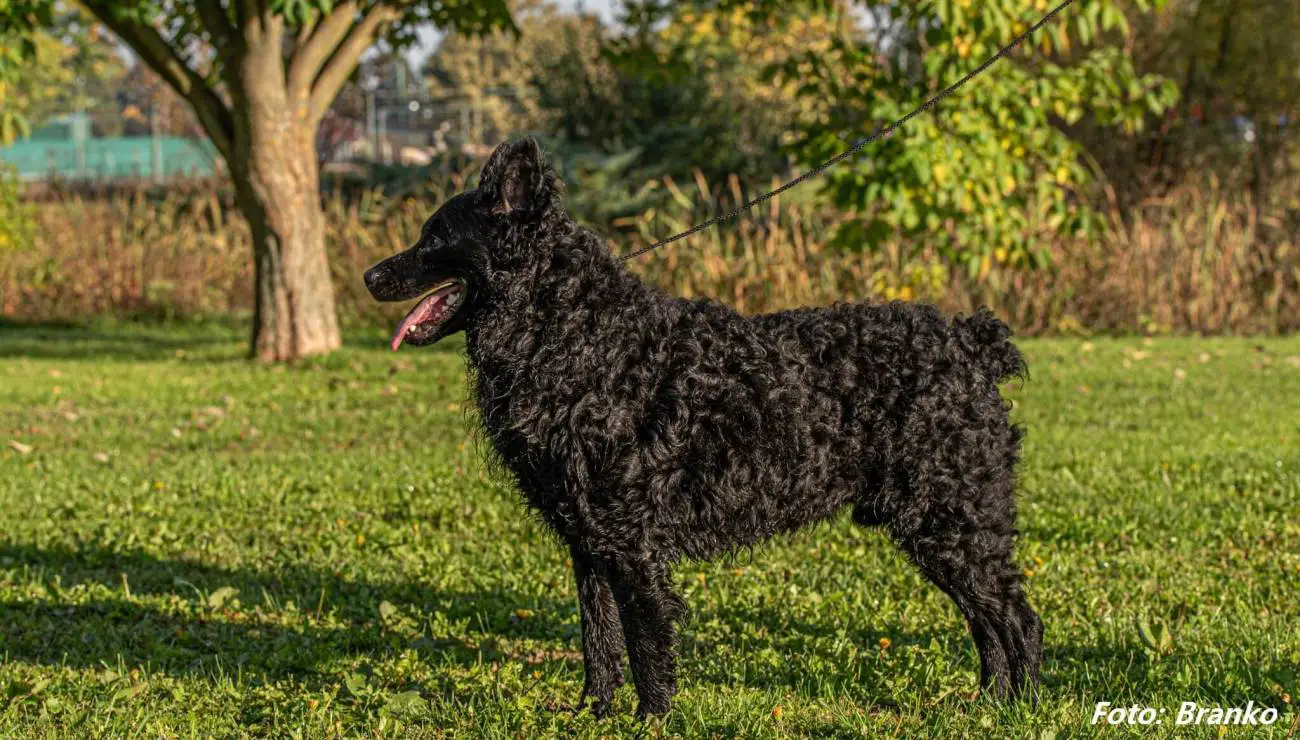
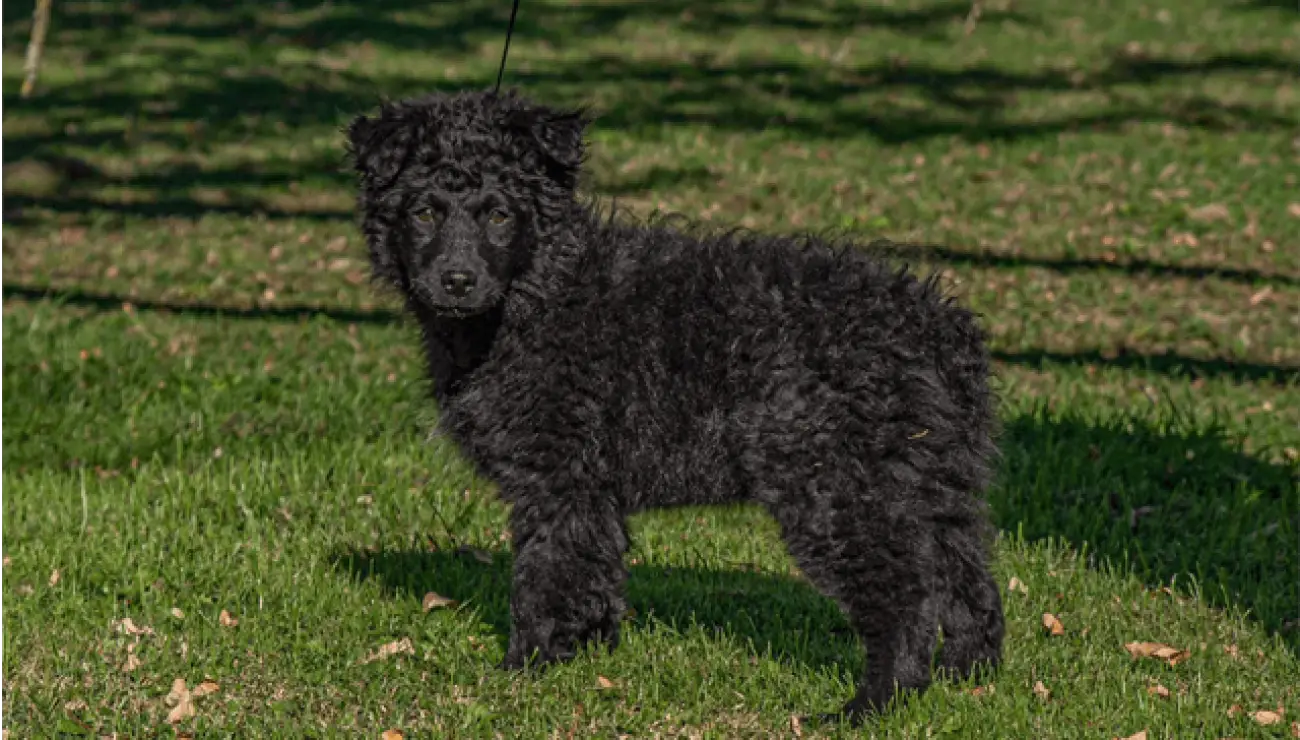
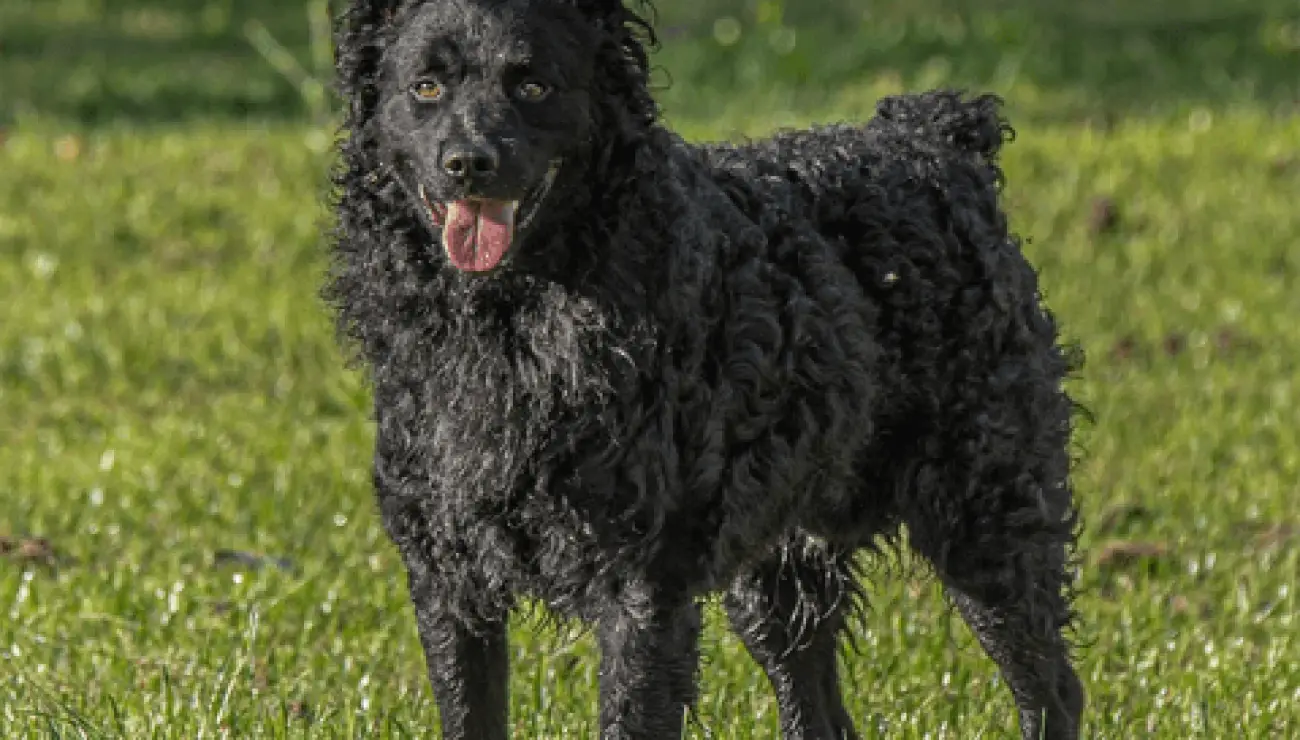
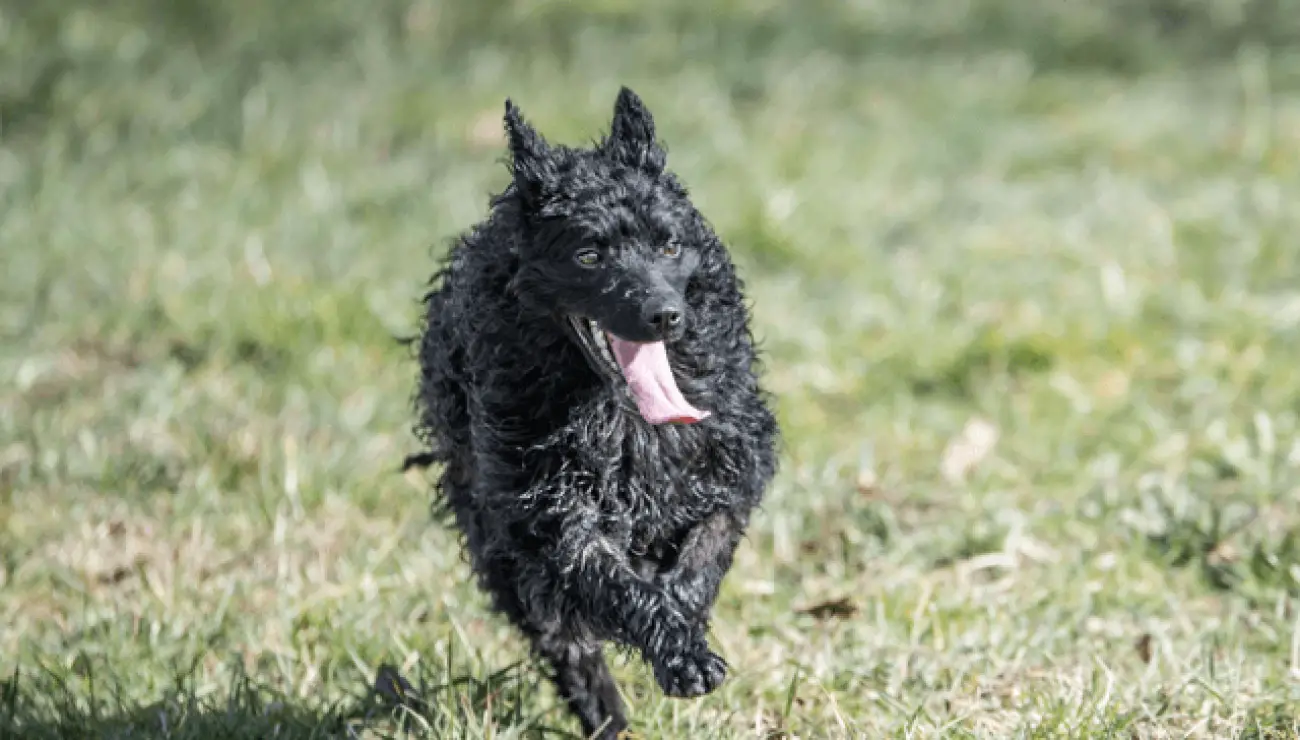
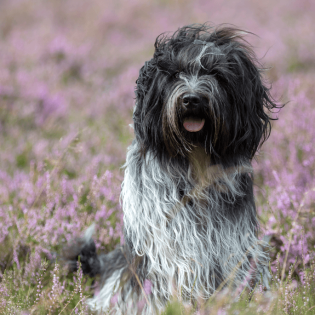
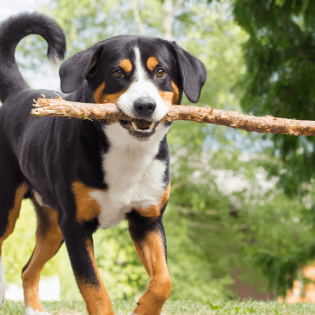
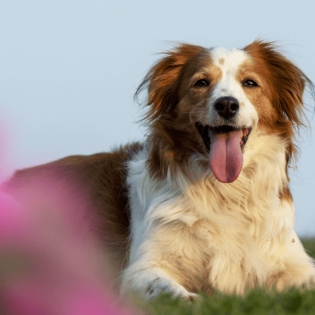

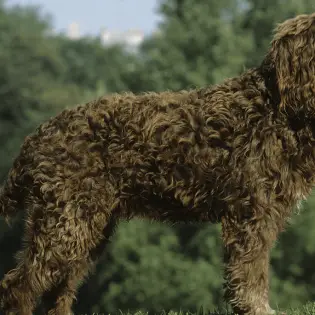

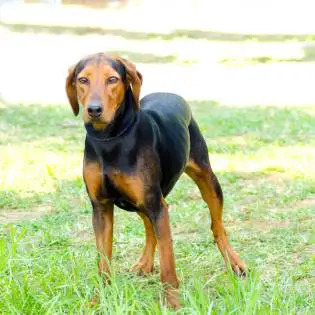

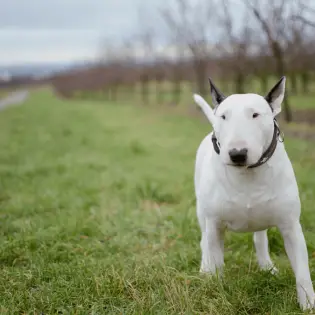
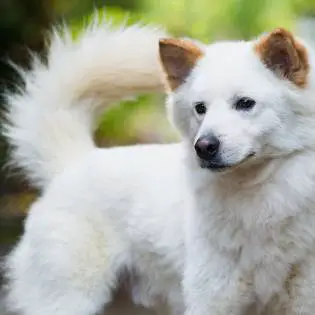

Share